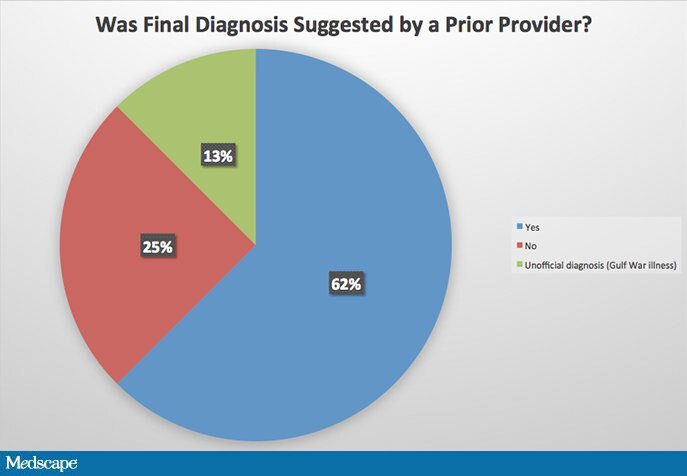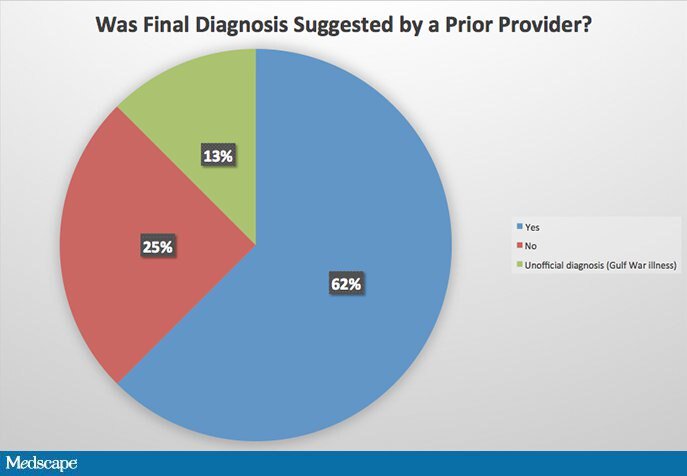It was my first day on the complex care service during my clerkship. Not long after introducing myself to the team, I was assigned my first patient. She was in the hospital for the third time that summer with clots in her lungs. I nodded and took notes as she described how doctors had been unsuccessful in identifying a cause of her clots. Then she paused, laughed, and said, “They should put me on one of those medical mystery shows.” The intern pursed her lips and replied, “We’re doing all the same things here.”
Among the most recent of these “medical mystery shows” is Netflix’s Diagnosis, hosted by Lisa Sanders, MD, whose New York Times column with the same name was the inspiration for the award-winning TV series House—a show without which I may not be a medical student today. In each of its seven episodes, Diagnosis follows patients who had undergone an inconclusive or unsatisfactory workup, with respondents across the globe chiming in on each case. Despite the show’s numerous rave reviews, the documentary series runs the risk of negatively influencing the public’s view of the medical system.
At first blush, the show has an extremely effective way of depicting various diseases; as a third-year medical student, I only wish that my preclinical curriculum had more of those 3D models… Sanders is often able to describe complex biological processes in accessible language while combatting things like the misinformation and stigma surrounding functional neurological disorders. As a medical student watching the show, Diagnosis reminds me how important it is to explain and normalize medical conditions in a way that is effective for those who are not in the medical field.
Where Diagnosis becomes problematic, however, is in its portrayal of the inner workings of the medical system. The show claims to garner suggestions from a global audience to arrive at a more accurate diagnosis. By presenting itself as an opportunity for patients with chronic medical conditions to receive a new diagnosis that previous doctors did not suggest, Diagnosis implicitly conveys an image of medical practitioners as incompetent. And yet, according to my research, most cases ultimately arrive at a diagnosis that had been suggested by previous providers (Figure).

Furthermore, by operating under the premise that patients with previously undiagnosed conditions can receive a new diagnosis that might enable treatment, the show may also offer false hope to viewers with incurable medical conditions.
Diagnosis also focuses on a limited range of conditions. Human behavior, function, and consciousness are naturally interesting topics. However, the systems that underlie such conditions are also among the least understood and most limited in treatment options. Diagnosis episodes gravitate towards these less-understood conditions. In focusing on these, the program depicts an image that does not represent what the medical field is typically capable of and neglects the progress that has been made in treating conditions that were previously not understood, undiagnosable, or untreatable.
The major potential harm of Diagnosis is in instilling distrust in the healthcare system. Even as a medical student, I have already seen multiple cases in which a patient’s care was limited by skepticism toward or lack of trust in medicine and medical practitioners. By overlooking prior workups and focusing on cases that are difficult to characterize given the limits of medical knowledge, Diagnosis inherently supports misconceptions of healthcare providers as untrustworthy or potentially lacking in knowledge; this may have broader detrimental effects.
Fonte: Medscape

